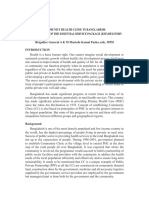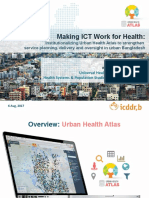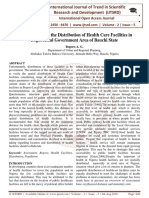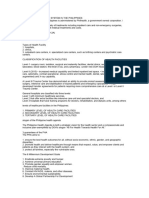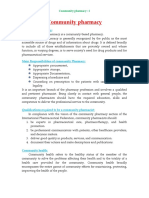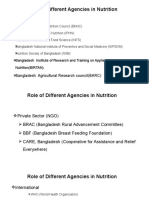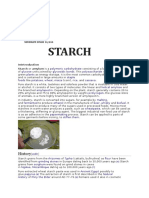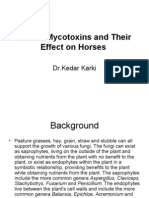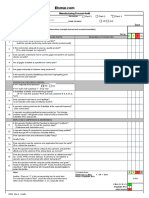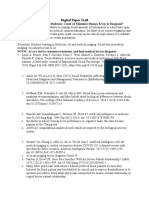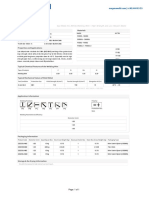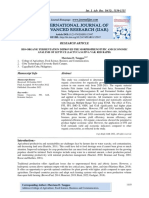0% found this document useful (0 votes)
88 views6 pagesMapping Health Facilities in 5 City Corporations: A Compendium
This document provides an overview and definitions for a compendium mapping the location and distribution of health facilities in 5 major city corporations in Bangladesh: Dhaka North, Dhaka South, Khulna, Sylhet, Rajshahi, and Narayanganj. The mapping was conducted by a multi-disciplinary team led by the Urban Health Group at icddr,b and involved identifying facilities, collecting their GPS coordinates and basic data. The purpose is to provide policymakers and researchers with a reference on the health infrastructure in these urban areas. Charts show the breakdown of public, NGO and private facilities in Dhaka North and South city corporations.
Uploaded by
Rahen RanganCopyright
© © All Rights Reserved
We take content rights seriously. If you suspect this is your content, claim it here.
Available Formats
Download as PDF, TXT or read online on Scribd
0% found this document useful (0 votes)
88 views6 pagesMapping Health Facilities in 5 City Corporations: A Compendium
This document provides an overview and definitions for a compendium mapping the location and distribution of health facilities in 5 major city corporations in Bangladesh: Dhaka North, Dhaka South, Khulna, Sylhet, Rajshahi, and Narayanganj. The mapping was conducted by a multi-disciplinary team led by the Urban Health Group at icddr,b and involved identifying facilities, collecting their GPS coordinates and basic data. The purpose is to provide policymakers and researchers with a reference on the health infrastructure in these urban areas. Charts show the breakdown of public, NGO and private facilities in Dhaka North and South city corporations.
Uploaded by
Rahen RanganCopyright
© © All Rights Reserved
We take content rights seriously. If you suspect this is your content, claim it here.
Available Formats
Download as PDF, TXT or read online on Scribd
/ 6
